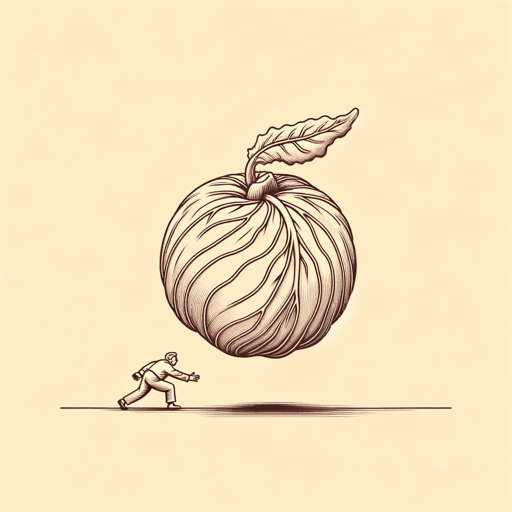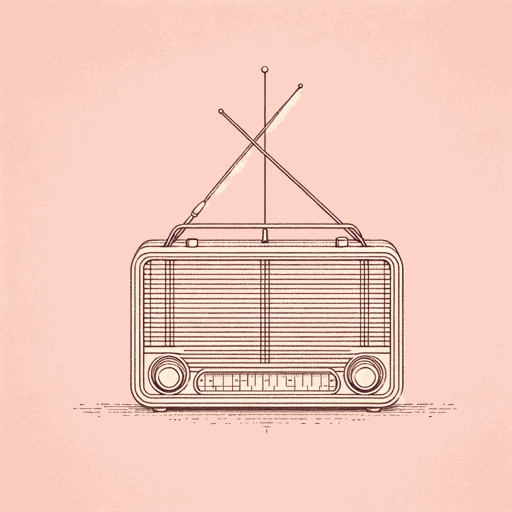27 pages • 54 minutes read
Bessie HeadThe Prisoner Who Wore Glasses
Fiction | Short Story | Adult | Published in 1963A modern alternative to SparkNotes and CliffsNotes, SuperSummary offers high-quality Study Guides with detailed chapter summaries and analysis of major themes, characters, and more.
Story Analysis
Analysis: “The Prisoner Who Wore Glasses”
Although “The Prisoner Who Wore Glasses” deals with issues of oppression, loneliness, and violence, the main conflict revolves around The Duality of Indoctrination and Dehumanization. The historical context of apartheid is evident in the internal struggles of the protagonist Brille, yet Head pushes this theme further by showing the effect of indoctrination: In giving Hannetjie childlike qualities, Head raises the question of Hannetjie’s true character, revealing how discrimination dehumanizes everyone within this oppressive system. Even Hannetjie, whose whiteness benefits from the oppression of Span One, is entrapped within it due to his indoctrination from the Nationalist Party.
Brille’s “fanciful” nature undergoes growth and development as his belief of cooperating for the sake of safety is challenged by Hannetjie’s chaotic abuse. Hannetjie’s unjust beating of Brille shows how Hannetjie’s indoctrination encouraged dehumanization of non-white individuals. Before Hannetjie beats him, Brille removes his glasses to save them from being smashed by the club; this interaction references the story’s title, which indicates that the major conflict centers around Brille’s perceptiveness in the face of oppression. This also signifies that, while Brille’s perceptiveness will remain intact, this experience may shift his 







Related Titles
By Bessie Head




